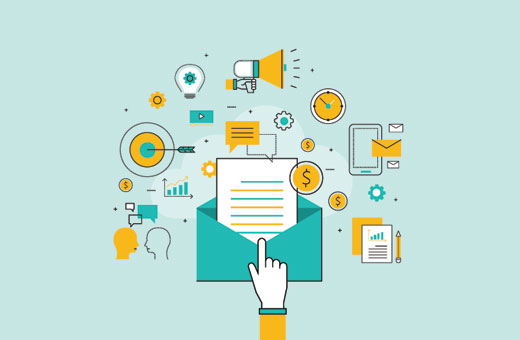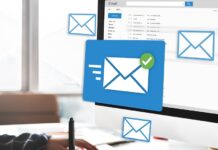Bulk email marketing is a very powerful marketing channel. Current estimates say emails will reach around three billion people by 2020. That’s a lot of potential customers. Setting up an email campaign takes time and effort. But it’s time and effort worth expending. Research shows that email marketing is still more effective than social media marketing or SEO. It may be considered ‘old school’ by some startups, but the truth is, email marketing works!
The reason why this is the case is that just about everyone uses email – around 85% of adults in the US. Not everyone bothers with social media, but they do use email. This is especially the case if you are targeting business customers. But you have to get the basics right, or your email marketing campaign will be dead in the water.
In this guide, we are going to cover the basics of email marketing, including setting up a list and creating great content.
Building a List
To use email marketing, you need a list of email recipients. There are many ways to build a list of email subscribers. If you have a website, include a sign-up form. Encourage people to give you their email address in return for a freebie, for example, an e-book or discount voucher. Online stores can harvest email addresses when people place an order or sign up for a notification when a product is back in stock.
Whichever way you do it, there needs to be a good reason why someone should sign up for emails from your brand. People are fed up with their email inbox filling up with spam each day. They don’t like to give up their email address unless it’s for a good reason. Entice them with something worth having, otherwise, you will struggle to build a list. And make it crystal clear what they get in return for handing over their email!
Permissions
Asking for the person’s permission before you bombard them with emails is very important. Never make the erroneous assumption that you have permission. If you do, that person will probably mark your email as spam and have no desire to interact with your brand in the future.
Make sure you understand the implications of the European Union’s General Data Protection Regulation (GDPR). This came into effect in 2018 and is designed to protect European users from having their personal data misused. GDPR affects email marketing and all email marketing campaigns must be compliant. There is a lot to understand, but one of the main items that apply to email marketers is:
Recital 32: “Silence, pre-ticked boxes or inactivity should not constitute consent.”
Consent must be freely given and should be optional. So, people can request a free e-book, but they shouldn’t have to subscribe to emails to receive it.
You can read more about this here.
Create Great Content
Once you have a list set up, you can begin crafting emails. It should go without saying that the quality of your email content is very important. Emails need an enticing tag-line and a strong call to action. The first email you send to a subscriber is the most important. This sets the tone for all other engagement.
When someone subscribes to your marketing emails, reply immediately with a welcome message that details what they can expect to receive from you going forward. Use this as a chance to introduce you and your brand. Create a buzz and let your subscriber know that signing up to emails from you is a positive thing.
Once you have the person on board, send out regular emails and any important ones then save emails to pdf. It’s very important that you are careful when pitching a product or service. The majority of your emails should be interesting and offer value, but not salesy. Keep the sales pitches to a minimum and be subtle about it when you are pitching.
Use newsletters as a way of keeping in touch with your customers. Send them out regularly, but not too often, or you risk alienating people.
Test the Deliverability Rates of Your Emails
You need to know your emails are getting through. It’s pointless crafting enticing emails if they never reach the recipient’s inbox and get bounced due to various reasons. Email deliverability test are available on most email marketing services. You can build a test list of contacts to preview your email campaign. It’s a useful way to check how your emails look when they arrive.
Analyzing Your Email Campaigns
Use analytical tools to monitor the success of your email marketing campaigns. Most email service providers have analytical tools for you to use. These are really important. You can monitor click-through and unsubscribe rates and learn from this data. If the click-through rates on your emails are low, you are doing something wrong. Tweak your emails and try some A/B testing to see if a different approach works better.
Creating Segmented Lists
Once you have a decent sized list, split it up into different segments. This allows you to send out more targeted emails, which in turn should boost your click-through rates.
Once you have mastered the art of email marketing, make it a fundamental part of your marketing campaigns.








